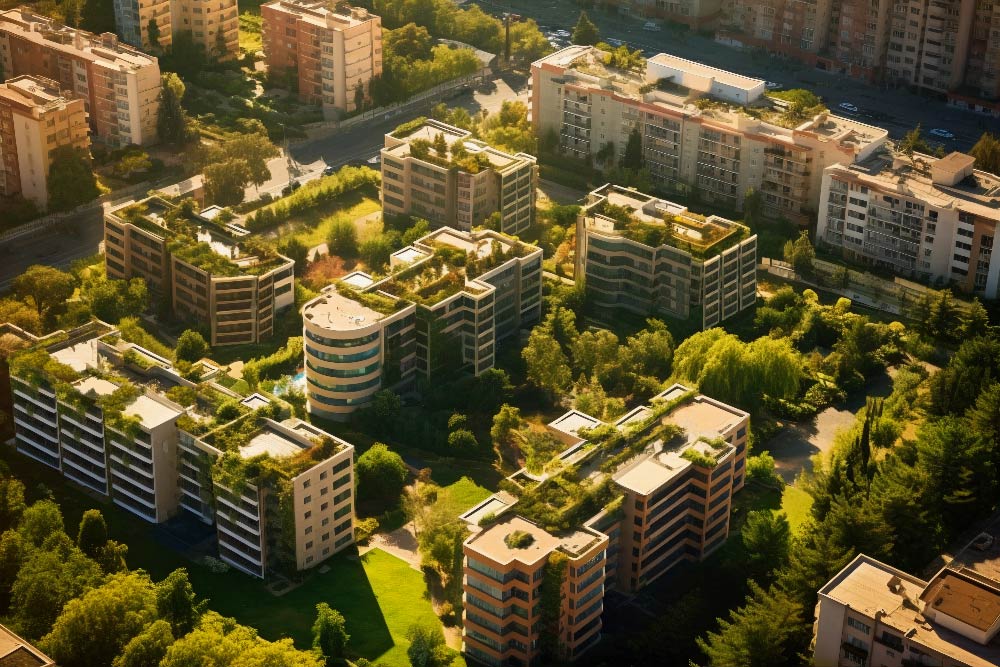
For a long time, commercial real estate has been the domain of large institutional investors and high-net-worth individuals. However, the launch of Small and Medium Real Estate Investment Trusts (SM REITs) is redefining this notion, offering a pathway for smaller investors to participate in the lucrative world of commercial real estate investment in India.
So, what exactly are SM REITs, and why are they capturing the attention of cautious investors??
Understanding SM REITs
Small and Medium REITs (SM REITs India) are emerging as a sophisticated investment option, offering a strategic pathway into commercial real estate without the need for direct ownership. Structured as pooled investment vehicles, SM REITs allow investors to participate in high-quality commercial properties—from office buildings to logistics hubs and warehouses—generally valued in the ₹50–500 crore range.
Unlike traditional REITs, which often target large institutional investors, SM REITs are specifically tailored to meet the needs of smaller investors. By lowering the capital entry barrier, SM REITs enable a more diversified, accessible approach to commercial real estate, allowing investors to gain exposure to income-generating assets with strong growth potential in India’s property market
With a minimum investment of ₹10 lakh, investors can own a portion of prime, income-generating real estate. Now, even smaller investors can secure a foothold in the commercial real estate sector, participating in properties that are not only income-generating but also possess capital appreciation potential.
Why SM REITs Matter for Diversification
1. Portfolio Diversification Across Commercial Real Estate Segments
SM REITs open doors to various segments within commercial real estate, including office spaces, warehouses, and logistics centers. For cautious investors, this diversification spreads risk across different asset types, offering exposure to multiple income-generating sources without the administrative complexities of direct property ownership.
Real estate portfolio diversification through SM REITs enables investors to mitigate risks associated with single-sector investments and capitalize on the robust growth projected across India’s commercial real estate landscape.
2. Liquidity and Flexibility Through Market Trading
One of the significant advantages of SM REITs over traditional real estate ownership is liquidity. Unlike direct property investments, which are often illiquid and challenging to divest quickly, SM REITs are publicly traded on stock exchanges, allowing investors to buy or sell units as per market demand.
This liquidity offers a substantial advantage to those who may need to exit their investments or rebalance their portfolios without the constraints associated with physical property.
3. Regulatory Oversight and Income Stability
The SEBI SM REIT regulations provide a level of transparency and security that private real estate investments often lack. This regulatory oversight ensures adherence to high standards of governance and operational transparency.
Additionally, SM REITs are mandated to invest at least 95% of assets in completed, rent-yielding properties priced above ₹25 crore and less than ₹500 crore, with units to be issued to a minimum of 200 investors—ensuring asset quality and investor safety.
For risk-averse investors, this aspect of income stability, combined with SEBI SM REIT regulations, enhances the appeal of SM REITs as a reliable investment.
The Growth Trajectory of India’s SM REIT Market
SM REITs India are still in their early stages, but the growth potential is compelling. The launch of the first SM REIT IPO in August 2024 was a pivotal moment, representing the beginning of broader acceptance and development within this segment. Industry analysts anticipate a rapid expansion in this space.
Research projects that the market will grow to over 300 million sq. ft. of completed stock, with an addition of 50+ million sq. ft. expected to be added by 2026. These numbers pertain to mid-sized (0.1–1 million sq. ft.) investment-grade office developments in India’s top seven cities as of Q2 2024.
Integrating SM REITs into an Investment Portfolio
For those who have traditionally avoided real estate due to high capital requirements or lack of liquidity, SM REITs offer a compelling alternative. With their mix of real estate stability and stock market liquidity, Small and Medium REITs bridge the gap between direct property investment and the flexibility of publicly traded assets—positioning them as a valuable addition to modern portfolios.
The emergence of SM REITs India is transforming the commercial real estate investment market in India, offering retail investors an unprecedented opportunity to participate in high-quality real estate assets. With regulatory backing, attractive entry points, and market flexibility, SM REITs are well-suited to meet the needs of evolving investors in India.
As SM REITs become a pivotal part of a balanced investment strategy, SQUAREA offers the expertise to guide you in this promising sector. Connect with us today to explore tailored solutions that align with your investment goals.




